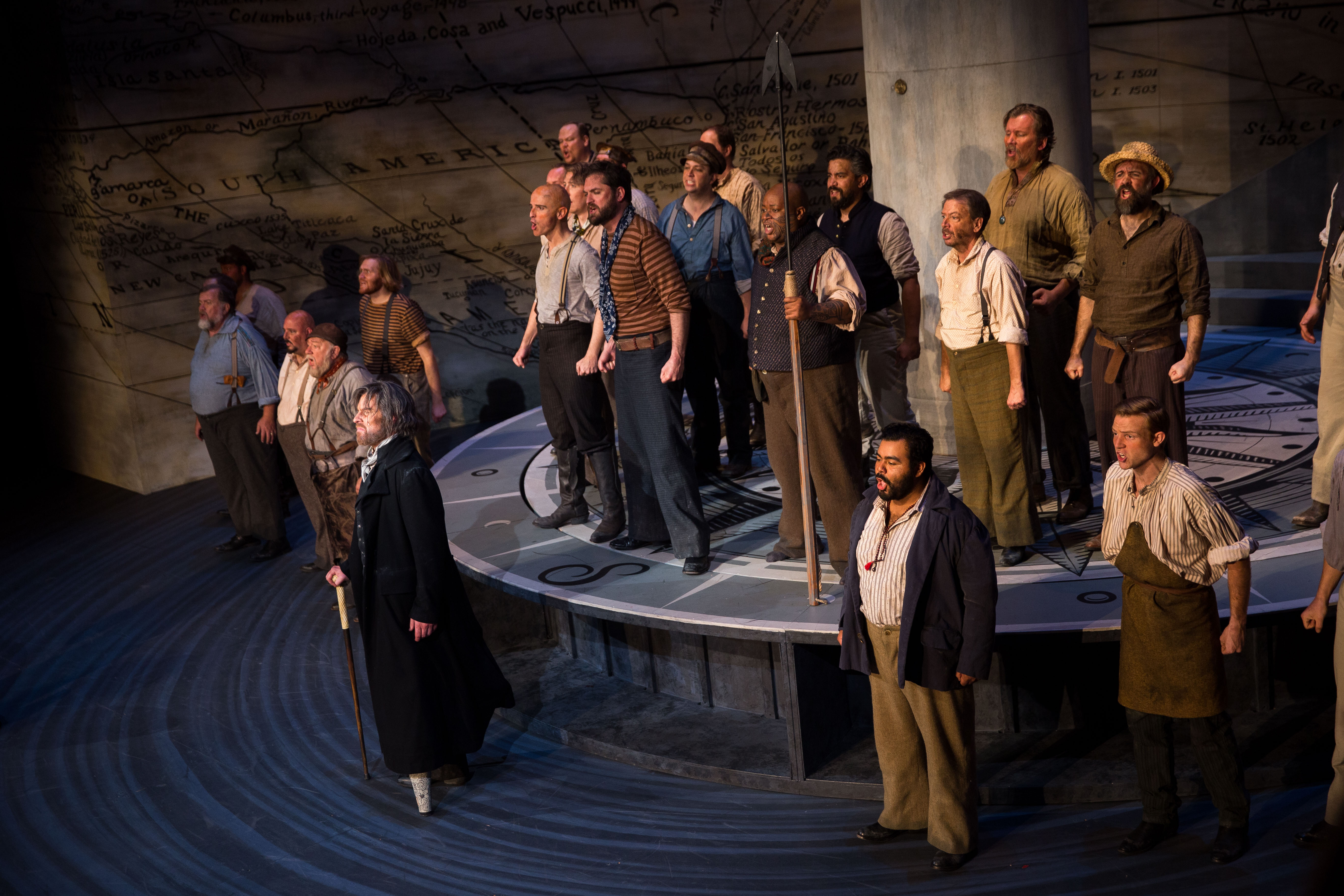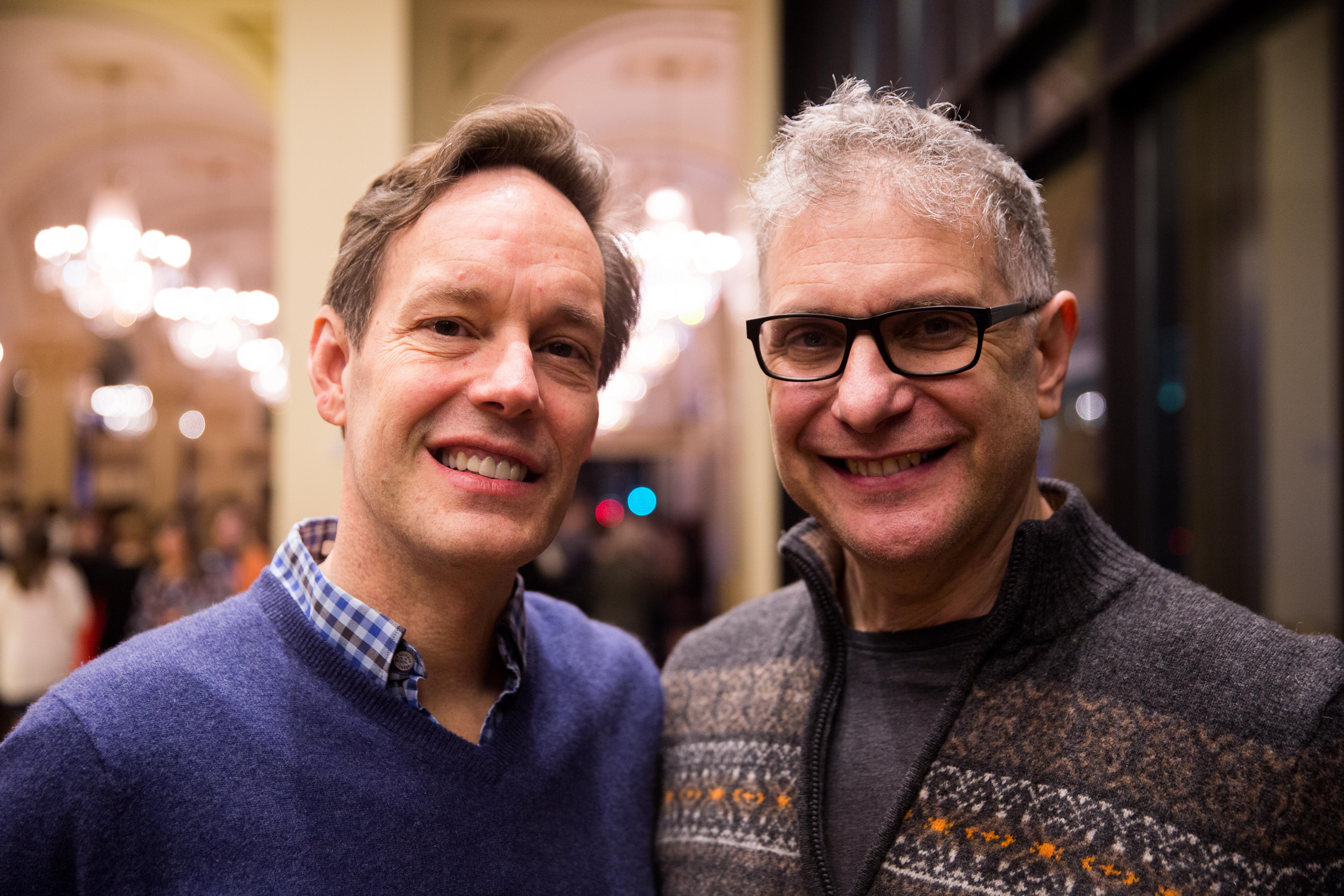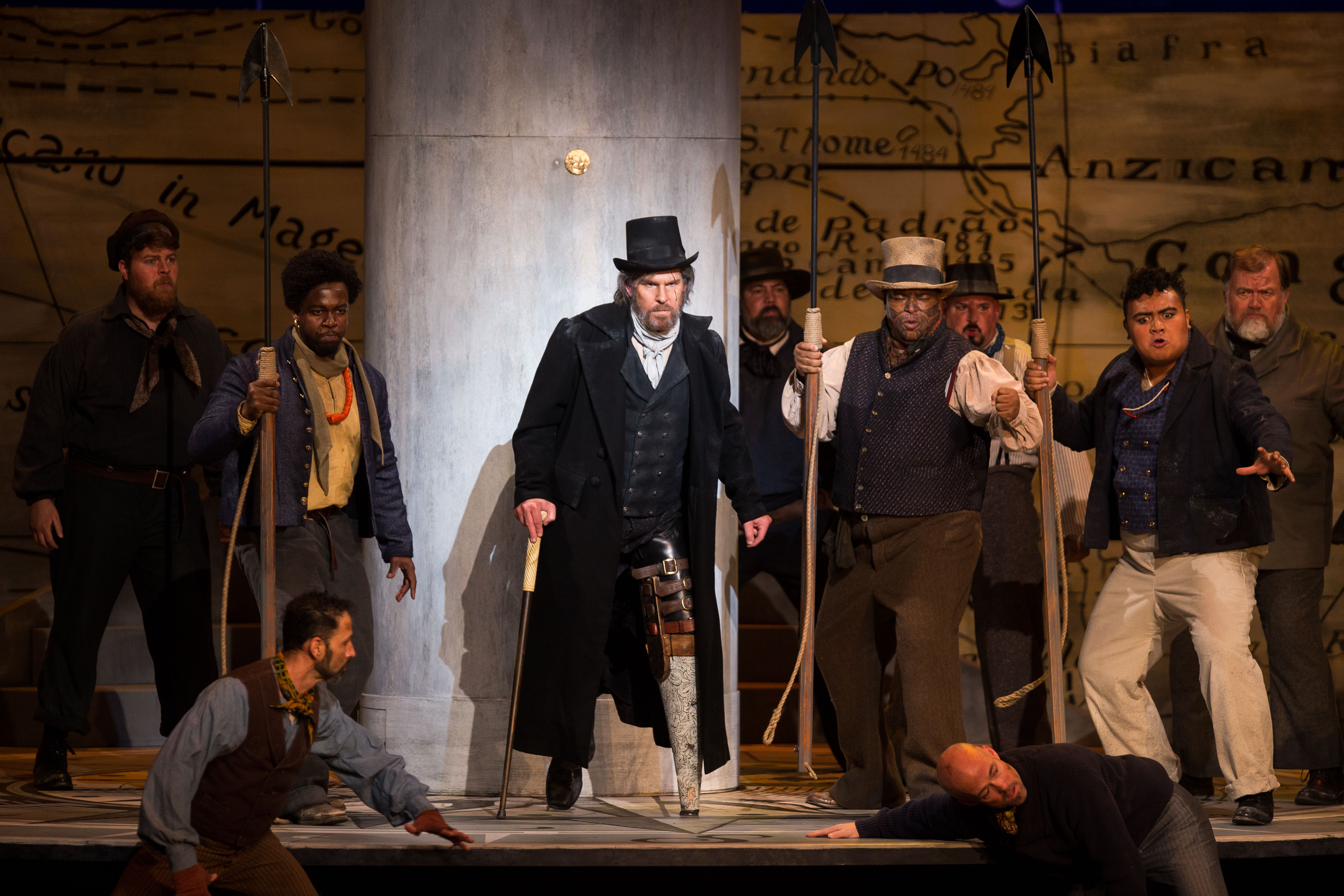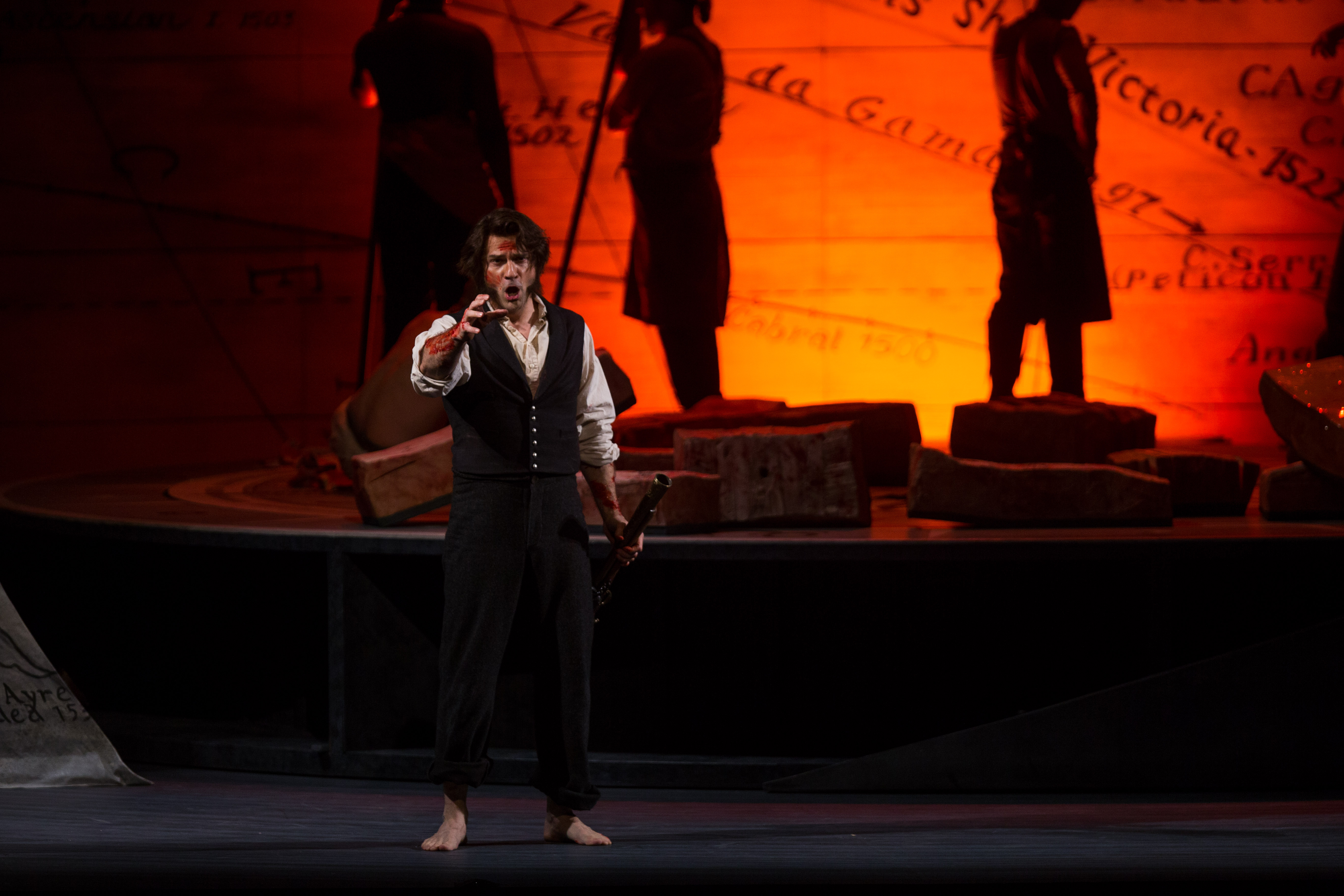
Capitol Theatre opened its doors on Jan. 20 with the Utah Opera putting “Moby Dick” on the stage.
“Moby Dick” was originally performed by the Dallas Opera and has traveled to several locations since. What makes this production at Capitol Theatre unique is the design of the opera for a smaller stage — making it easier for smaller opera companies to take on the challenge of performing “Moby Dick.”
“It was a brilliant idea by our friend Terrence McNally, the playwrite, and it just resonated super strong and I don’t know why but the minute it was suggested, I felt this shiver of music,” Composer Jake Heggie said. “I didn’t know what the music was but I knew it was there. And I knew it was bold, it was big and it felt timely.”

Heggie teamed up with librettist Gene Scheer in creating the music for the production. A librettist writes the text or words of an opera. The two worked together to create a score they felt helped the performers bring the story to life.
“When I write the scenes, I hope I have a sense of what it’s like to actually have to stand up there and actually have to deliver,” Scheer said.
Scheer is no stranger to performing as he spent ten years involved in professional theater.
“Being on stage a lot and having played roles sort of informs how I write the libretto (text),” Scheer said.
Heggie and Scheer focused on creating something the audience could relate to when writing the show. Heggie said “Moby Dick” is about a man who takes on a journey of self belonging.
“He realizes in the end, ‘Yes, I do belong and it’s not that I have a place, but my home is the world,'” Heggie said. “I think it’s a big journey that all of us take on at some point.”
Roger Honeywell, the actor portraying Captain Ahab, had a different type of challenge.
“One of the most important things for me as an actor is to watch myself change,” Honeywell said. “It informs me emotionally. I know it sounds kooky but that’s the way I work. It’s like wearing a mask and it allows you to access things that you wouldn’t necessarily want to access when you’re staring at your own face. It can be incredibly liberating.”
His costume as Captian Ahab included a peg leg strapped to his knee throughout the entire show. When asked how that works he said, “theater magic.”

There are many other people behind the scenes who help make this production possible besides composers and performers, including makeup and wig designer Yancey Quick. He said they spend about half an hour to twenty minutes on some of the simpler makeup.
But when it comes to putting makeup on principle actors, Quick said, “We spend about 45 minutes with Roger, and we start about two hours before the top of the show to get everybody done.”
He said each performer’s makeup design is based on specific individuals. On top of that, each costume was made in-house to help add historical detail and complete each character.

Stage director Kristine McIntyre has experience staging multiple productions over the years. She said the most challenging parts of putting on “Moby Dick” are the scene changes.
“It’s cinematic in scope. There are eighteen scene changes,” McIntyre said. “‘Moby Dick’ asks you to be on the Pequod (the ship) and then be off the Pequod and in three different whaleboats. Then be back on the Pequod and render a whale — that’s act one.”
The second act includes more swapping and the eventual sinking of and destruction of multiple ships.
“We sink the Pequod, destroy Ahab’s whaleboat and here comes Moby dick, and there’s an epilogue — that’s the challenge,” McIntyre said.

The show is written primarily in English, and Heggie said he is counting on viewers lack of knowledge about the story to help theatergoers enjoy his rendition of the story.
“’Moby Dick’ is a great book that many people are familiar with but a lot of people have not actually read,” Heggie said. “So they are open to a fresh telling of it. It is open to invention.”
The show opened on Jan. 20 and plays for only five nights in Capitol Theatre. Tickets and information about the show can be found on the Utah Opera website.




